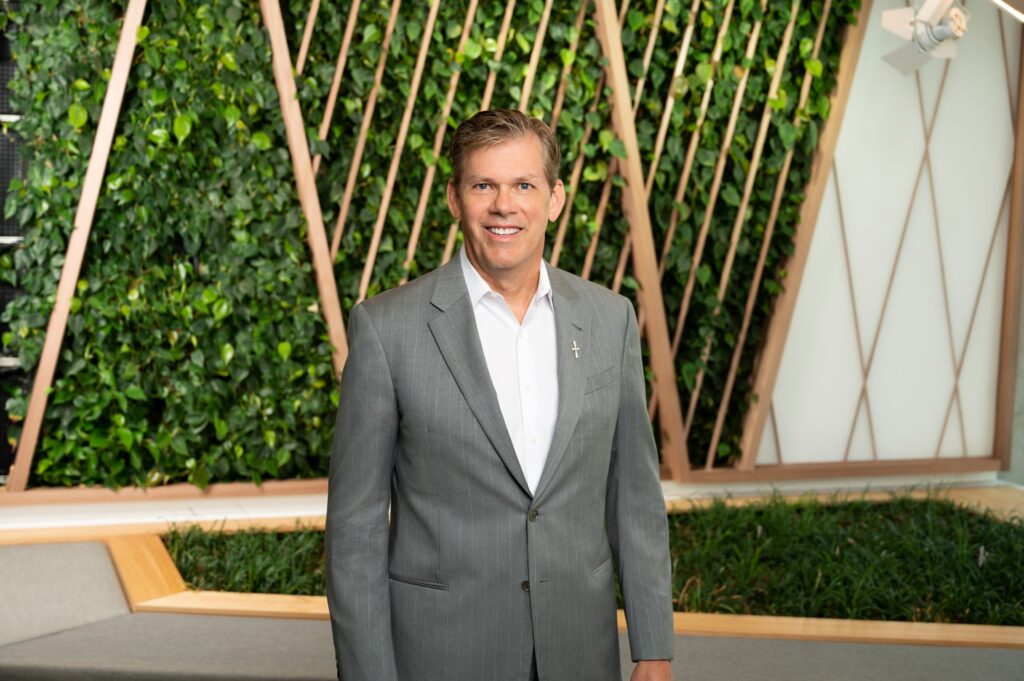So, You Want to Be a Thought Leader?

A thought leader is an individual or firm that prospects, clients . . . even competitors recognize as one of the foremost authorities in selected areas of specialization, resulting in it being the go-to individual or organization for said expertise.
Profitable Brilliance, Bruce H. Rogers and Russ Alan Prince
What CEO or business owner doesn’t want their company to be known as a thought leader in their space?
Yet, with the noisy world we live in today, this can be challenging. Every single day, there are more than 7.5 million blog posts published on the Internet, 2 million articles, posts, and videos published on LinkedIn, and 100 million photos and videos shared on Instagram.
Adding to the noise and the clutter is not the answer. However, producing relevant thought leadership content that affirms the position you want to own in the mind of your target audience is.
True thought leadership is about change. Changing how buyers think about or view the world. Changing how they approach problems and challenges because of the insights you deliver. But don’t get confused. Creating change is not simply about creating more content. It’s about executing a long-term strategy to own a specific thought leadership position on a topic that actually matters to your target audience.
So, if you want thought leadership to be a growth driver in the business and truly differentiate your company, your entire executive team must be prepared to make a serious commitment.
Thought leadership takes guts. It demands drawing a line in the sand, taking positions on topics that your target audience cares about, and putting disruptive, earthshaking perspectives out in the marketplace for the world to judge. In fact, according to authors Craig Badings and Liz Alexander, “Thought leaders are brave; explore areas others don’t, raise questions others won’t, and provide insights others can’t.”
Being a thought leader means being fearless. You can’t waffle. You have to know precisely what you want to be known for and then commit to owning that position in the minds of your customers. When it comes to thought leadership, philosopher and author Mel Thompson said it best: “If you don’t stand for something, you stand for nothing.” But, what does a thought leadership position look like and sound like? Here are a few examples:
- “We have a vision and a plan to ensure that renewable energy drives [X] percent of businesses in the next three years.”
- “We see a world in just five short years where mobile devices are completely replaced with wearables.”
- “We believe that cloud computing is history—we see a new computing environment that will drive business by 2025.”
The secret to establishing a meaningful thought leadership position for your business is conviction. You can’t be afraid to share your vision of what could be or how things should be. Maybe that’s why Craig Badings and Liz Alexander also said, “A hallmark of true thought leadership is the confidence to take the route that 99.9 percent of industry experts don’t even see.”
Many times, you have to go to a place that has been taboo in the past. Leaders must be willing to surface and debate points of view that have been uncomfortable or shut down by others who have said, “We can’t put that out there” or, “We don’t want to show our hand” or, “That’s kind of our secret sauce.” When this happens, remember what business growth expert Jay Baer said: “A thought leader is someone with proven expertise and experience who isn’t afraid to share it with the world.”
Great thought leadership starts with getting your leaders in a room, digging deep into their hearts and minds, and leading them through a deliberate, intentional discovery process. According to author Cheryl Kim, “Thought leadership is at the center of a strong executive positioning plan. It focuses on an idea or problem that you are passionate about, and that you will continue to be passionate about.”
A thought leader is someone with proven expertise and experience who isn’t afraid to share it with the world
Jay Baer
To land on a meaningful thought leadership position, your discovery process should be rooted in your business strategy and your company’s higher purpose, vision, mission, and values. During this process, you must answer some tough questions:
- What do we want to be known for?
- What points of view across our leadership team are truly unique and ownable?
- What ideas and visions for the business have we discussed behind closed doors, but have been uncomfortable sharing publicly in the past?
- What convictions do we have to share that are at the heart of our customer’s business?
- How do we want to change the conversation and the status quo in our industry?
Answers to these and other deep questions will help you define the defensible, intriguing, and ownable position that you want to share with the world. A position that truly matters to your target audience, that makes them stand up and say, “Hey, this company thinks differently; we need to hear more about their point of view on this topic.”
Many experts believe that thought leadership will become the only lasting means of competitive differentiation in the years ahead. With that said, the thought leaders who exist here and now didn’t earn those positions overnight. It took time. That’s why business leaders who clearly define and remain committed to their thought leadership strategies today will become the sought-after brands of tomorrow.






